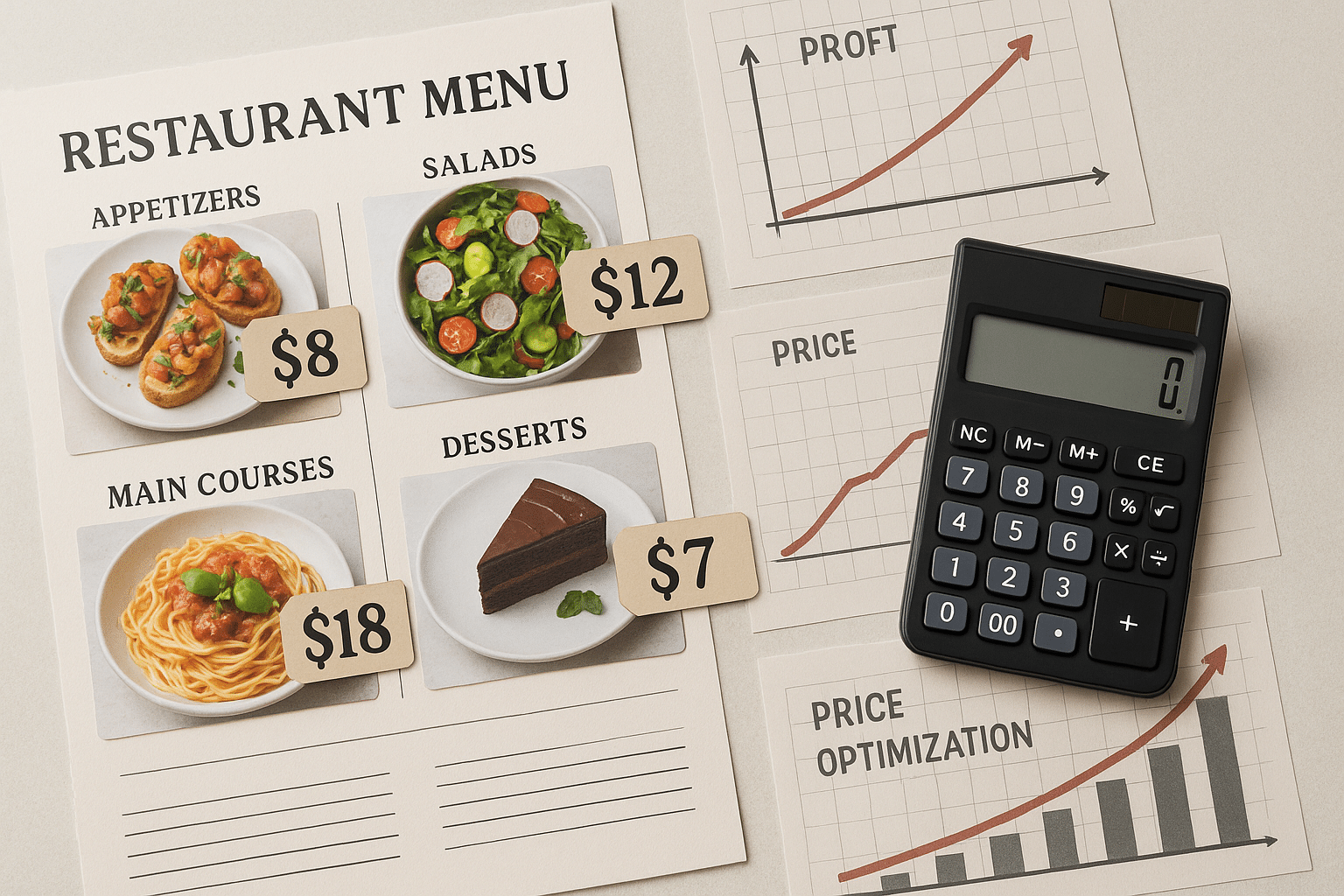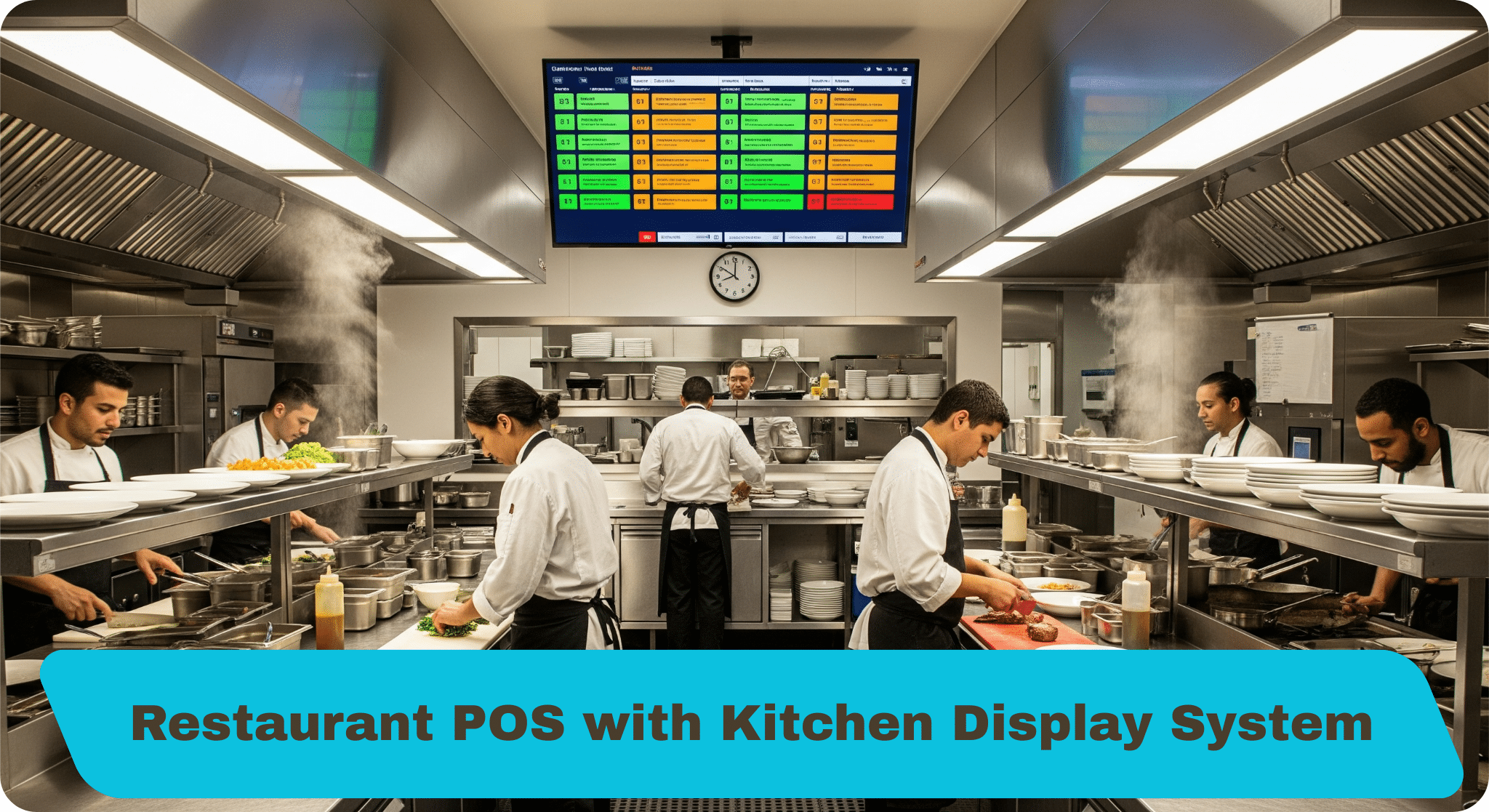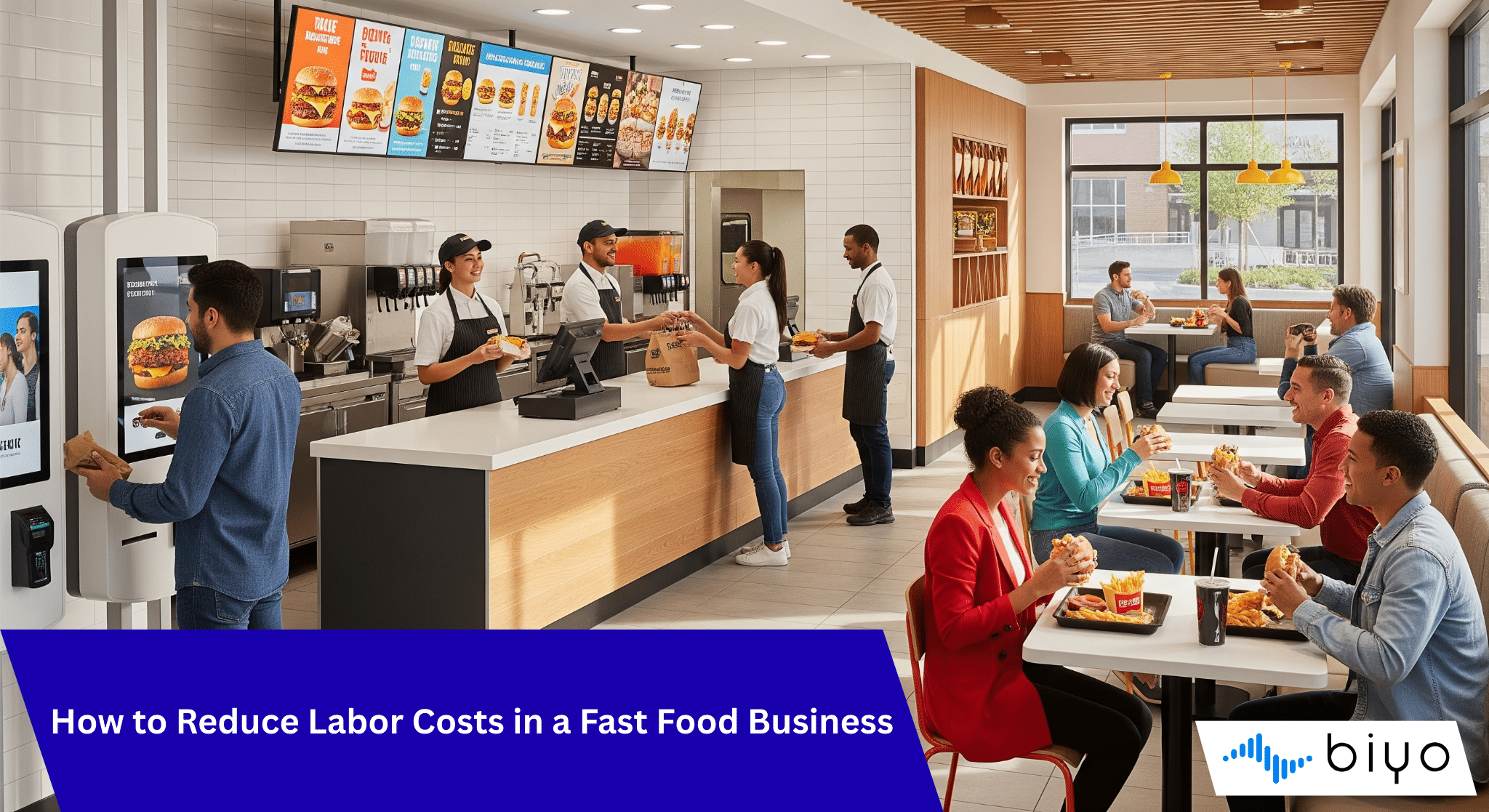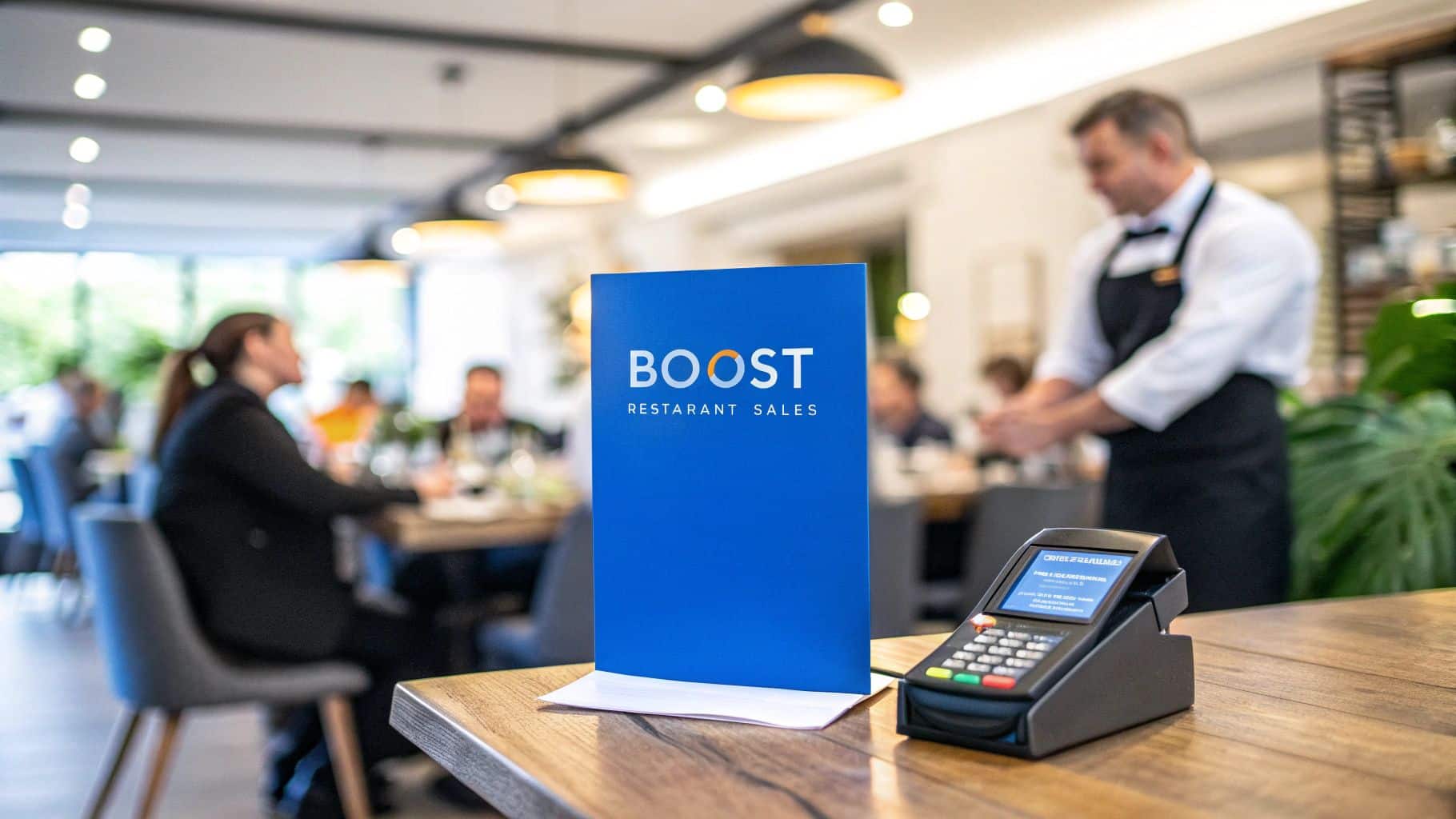Setting the right price for each dish on your menu is an art and a science that can make or break the profitability of your restaurant. Individual dish pricing involves careful consideration of multiple factors, including food costs, market conditions, competitor pricing, and customer perception. By understanding the intricacies of menu item costing, contribution margin, and other key pricing concepts, you can maximize profits and create a menu that resonates with your customers. In this article, we’ll dive into the factors that influence individual dish pricing and how to optimize your menu for long-term success.
Table of Contents
- Menu Item Costing: The Foundation of Individual Dish Pricing
- Dish Profitability Analysis: Ensuring Each Dish Adds Value
- Price Psychology: Understanding Consumer Behavior
- Dynamic Pricing: Adjusting Prices to Market Conditions
- Menu Engineering: Maximizing Profitability through Strategic Pricing
- How Biyo POS Can Simplify Menu Item Costing and Pricing Analysis
Menu Item Costing: The Foundation of Individual Dish Pricing
Accurate menu item costing is the first step in determining how much to charge for each dish on your menu. Menu item costing involves calculating the cost of ingredients, labor, overhead, and other expenses associated with preparing and serving a dish. By understanding your costs, you can make informed decisions on pricing that ensures profitability while maintaining competitive pricing.
Understanding Ingredient Costs
Ingredient costs are the most straightforward part of menu item costing. They include everything from the primary ingredients, such as meat and vegetables, to minor ingredients like spices and garnishes. To calculate ingredient costs for a dish, you must consider the quantities used and their respective prices. For instance, if a salad uses 2 ounces of lettuce, 1 ounce of tomatoes, and 0.5 ounces of dressing, each of these ingredients must be priced accordingly.
When setting prices for individual dishes, it’s crucial to track ingredient costs over time, as prices can fluctuate. Incorporating seasonal pricing adjustments based on ingredient availability can help you maintain profitability without having to raise prices suddenly. This practice is particularly effective for seasonal dishes that rely on fresh, seasonal ingredients.
Labor and Overhead Costs
While ingredient costs are relatively easy to calculate, labor and overhead are more complex. Labor costs include wages, benefits, and any additional costs associated with food preparation and service. Overhead costs encompass utilities, rent, insurance, and other operational expenses. To accurately calculate the full cost of each dish, you must allocate a portion of these costs to every menu item.
It’s essential to monitor your labor and overhead costs regularly. A small change in these expenses can significantly impact your dish pricing strategy. For example, if your overhead costs increase due to higher utility bills, it may be necessary to adjust prices across the menu to maintain profitability without scaring away customers.
Food Cost Calculation Formula
The most common formula used in food cost calculation is:
Food Cost = (Ingredient Cost + Labor Cost + Overhead Allocation) / Menu Item Selling Price
This formula helps you determine the profit margin for each dish. A commonly accepted benchmark for food cost percentage is 30-35%, meaning the cost of ingredients and preparation should be about 30-35% of the menu price. However, depending on your pricing strategy and business model, this percentage may vary.
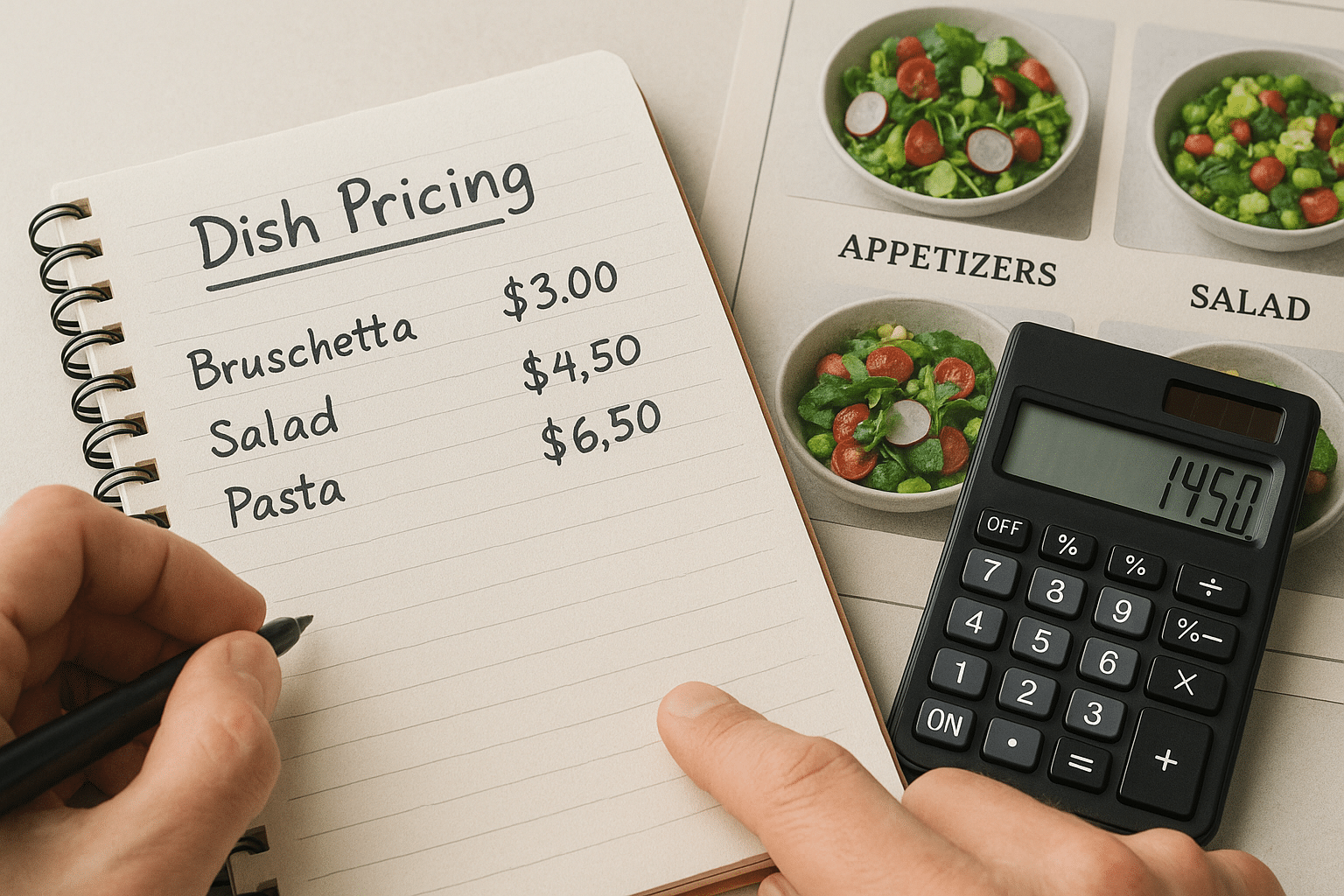
Dish Profitability Analysis: Ensuring Each Dish Adds Value
Dish profitability analysis is a critical part of setting individual dish pricing. This process involves evaluating the profit contribution of each menu item, ensuring that each dish is helping your business reach its financial goals. A well-balanced menu will have a combination of high-profit dishes and lower-cost options that appeal to different customer preferences.
Contribution Margin: A Key Metric for Profitability
The contribution margin is the amount each dish contributes toward covering fixed costs and generating profit. It is calculated by subtracting the cost of goods sold (COGS) from the menu price. For example, if a dish costs $5 to make and is sold for $15, the contribution margin is $10. Understanding contribution margins is vital for identifying which menu items are the most profitable and should be promoted or prioritized.
By focusing on high-margin dishes, restaurants can ensure they are generating enough revenue to cover overhead costs and achieve desired profit levels. It’s also important to review your menu regularly to assess the profitability of each dish, making necessary pricing adjustments or removing items that are not generating a positive contribution margin.
Menu Item Valuation: Aligning Costs and Market Expectations
Menu item valuation involves determining the right price point for each dish based on both cost and market conditions. It’s crucial to strike a balance between covering your costs and offering value to your customers. This balance is especially important in industries like fine dining or quick-service restaurants, where price sensitivity and competition can significantly impact sales.
Competitive benchmarking is one tool that can help you set the right price for your dishes. By analyzing your competitors’ pricing strategies, you can ensure that your prices align with what customers expect in the market. For example, if your restaurant is in a high-end area, you may be able to price your dishes higher based on the perceived value of your offerings. Alternatively, in a more budget-conscious neighborhood, you may need to adjust your prices to stay competitive.
Pricing Strategies: Cost-Plus vs. Market-Based Pricing
Two common pricing strategies are cost-plus pricing and market-based pricing. Cost-plus pricing involves adding a fixed markup to the cost of each dish, ensuring that you cover all costs while achieving a desired profit margin. Market-based pricing, on the other hand, is based on what customers are willing to pay for a dish, often influenced by competitor prices and customer demand.
For example, in a highly competitive market, you may need to adopt market-based pricing to remain attractive to potential customers. In contrast, cost-plus pricing may be more effective in a niche market where you can command premium prices based on the quality and uniqueness of your dishes.
Price Psychology: Understanding Consumer Behavior
Price psychology plays a significant role in individual dish pricing. How customers perceive the value of a dish can influence their willingness to pay. By leveraging certain psychological pricing techniques, restaurants can increase sales and improve the customer dining experience.
Price Tiering: Offering Choices for Different Budgets
Price tiering is a strategy where you offer a range of menu items at different price points, allowing customers to choose dishes based on their budget. This technique can increase average ticket size and appeal to a broader range of customers. For instance, a restaurant could offer both a high-end steak at $50 and a more affordable chicken dish at $15, ensuring there is something for everyone.
Price tiering also plays into the concept of premium pricing. By strategically placing high-priced items on the menu, you can influence customers to perceive mid-range dishes as more reasonably priced, even if they are still relatively expensive. This tactic is especially effective in fine dining establishments where customers are willing to pay more for an upscale experience.
Price Positioning: Creating Value through Perception
Price positioning is about aligning your pricing strategy with the perceived value of your dishes. For instance, an upscale restaurant may charge more for a dish simply due to its high-quality ingredients and the ambiance it offers. Customers may associate a higher price with better quality or a more exclusive dining experience.
It’s essential to ensure that the perceived value matches the actual quality of the dish. Overpricing a dish without providing a corresponding value can lead to customer dissatisfaction. Conversely, underpricing can create the perception that your food is of lower quality, even if that is not the case. Proper price positioning requires understanding your target audience and how they perceive value.
Dynamic Pricing: Adjusting Prices to Market Conditions
Dynamic pricing is the practice of adjusting your menu prices based on various factors like demand, seasonality, and competition. This strategy allows you to optimize your pricing in response to changing market conditions. By adopting a dynamic pricing model, you can increase profitability during busy times, while also offering promotions or discounts during slower periods to attract customers and maintain sales.
Peak Demand Pricing: Maximizing Revenue during Busy Periods
One of the primary benefits of dynamic pricing is its ability to capitalize on peak demand periods. For example, during holidays, weekends, or special events, customers are often willing to pay more for their meals due to increased demand and limited availability. By adjusting prices upwards during these peak times, you can take advantage of the higher willingness to pay and increase your revenue without turning away customers.
However, it is important to find the right balance. Pricing too high may alienate loyal customers or drive them to competitors. Pricing too low could result in missed opportunities for increased revenue. The key is to strike a balance between supply and demand, ensuring that your prices reflect the increased value customers associate with dining at your restaurant during these peak times.
Off-Peak Discounts: Encouraging Sales During Slow Periods
On the flip side, during slower periods when demand is lower, offering dynamic discounts can help drive traffic and boost sales. For example, you could implement early-bird specials, happy hour pricing, or bundle deals to encourage customers to dine during off-peak times. Dynamic pricing allows you to offer flexible discounts without permanently lowering your menu prices, helping maintain the perceived value of your dishes while still filling seats and increasing overall sales.
Dynamic pricing during off-peak hours can help offset lower sales, maintaining profitability across different periods. For instance, a lunch menu might offer discounts or smaller portions to appeal to customers looking for a quicker and more affordable option, boosting foot traffic during traditionally slow times.
Seasonal Pricing Adjustments: Reflecting Ingredient Costs and Availability
Seasonal pricing adjustments are another important component of dynamic pricing. Ingredient costs often fluctuate depending on seasonality, so pricing adjustments may be necessary to reflect these changes. For example, a dish that relies heavily on a certain type of seafood may see price increases during times when that seafood is scarce or harder to source.
Similarly, certain dishes may become more popular or less available during different seasons. For instance, hot soups or stews might see increased demand during the colder months, while refreshing salads and cold appetizers are more popular in the summer. Adjusting your prices in response to these seasonal trends not only helps cover fluctuating costs but also ensures your pricing remains in line with customer expectations and demand.
Menu Engineering: Maximizing Profitability through Strategic Pricing
Menu engineering is a comprehensive approach to analyzing and optimizing your menu for profitability. By focusing on both the cost structure and the consumer appeal of each dish, menu engineering helps ensure that your pricing strategy supports both your financial goals and customer preferences.
Identifying Star and Dog Dishes
Menu engineering categorizes dishes into “stars” and “dogs.” Stars are high-profit, high-demand items that customers love. Dogs, on the other hand, are low-profit, low-demand items that are often underperforming. By identifying these categories, you can focus on promoting star dishes while considering removing or reworking dog dishes. Adjusting prices for star items and eliminating or reworking dog dishes can lead to a more profitable menu overall.
For instance, if a dish is highly popular but has a low profit margin, you may consider slightly increasing the price to improve its profitability while still maintaining customer satisfaction. Conversely, a dish that isn’t selling well but has a high profit margin may benefit from a marketing push or rebranding rather than a price reduction.
Utilizing Menu Layout for Maximum Impact
The design and layout of your menu can also affect individual dish pricing. Menu engineering involves using strategic layout techniques to guide customer choices. For example, placing high-margin items in prominent positions on the menu or using descriptive language to enhance the appeal of certain dishes can encourage customers to choose higher-priced items.
Research shows that people are more likely to select items placed at the top right of a menu or those that are highlighted with boxes or special symbols. Menu engineers use these principles to optimize the menu for both aesthetics and profitability.
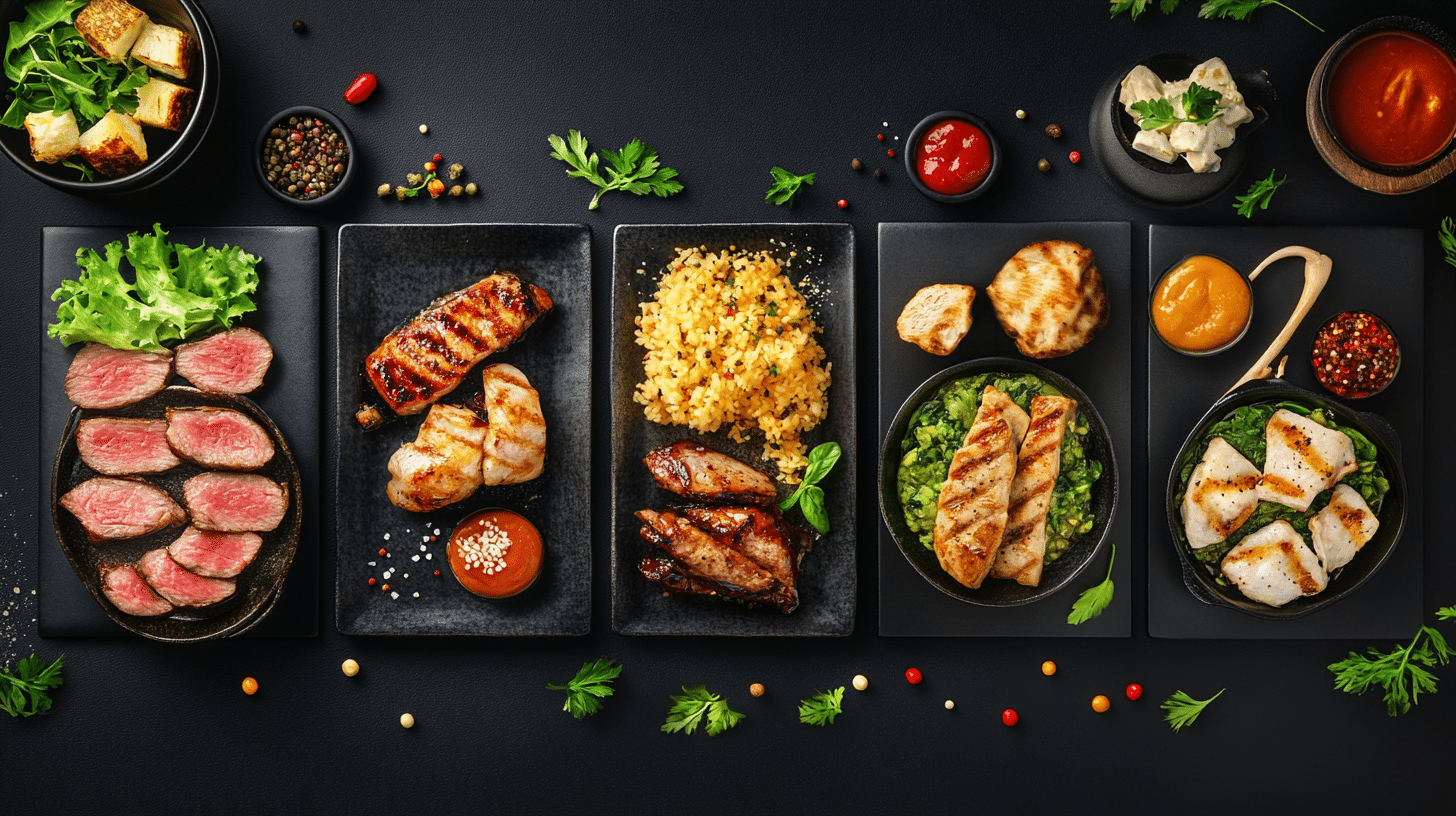
How Biyo POS Can Simplify Menu Item Costing and Pricing Analysis
Biyo POS is a powerful tool for restaurant owners looking to optimize their menu pricing. With its advanced features for menu item costing, dish profitability analysis, and competitor price benchmarking, Biyo POS allows you to make data-driven pricing decisions. Whether you’re analyzing food costs or adjusting prices based on market conditions, Biyo POS helps you streamline your operations and ensure your pricing strategy supports both your business objectives and customer satisfaction.
FAQ Section
What is the importance of individual dish pricing?
Individual dish pricing is essential for ensuring that each menu item contributes to the restaurant’s profitability. Proper pricing helps cover ingredient costs, labor, overhead, and generates a reasonable profit margin. It also ensures competitiveness while maximizing customer satisfaction.
How can I calculate the cost of a dish?
To calculate the cost of a dish, add up the costs of all ingredients, labor, and overhead expenses associated with preparing and serving the dish. Then, divide this total cost by the dish’s selling price to calculate the food cost percentage.
What is dynamic pricing in the restaurant industry?
Dynamic pricing involves adjusting menu prices based on factors like demand, market conditions, and seasonal variations. This allows restaurants to maximize profitability during peak times and adjust prices during slower periods to remain competitive.
